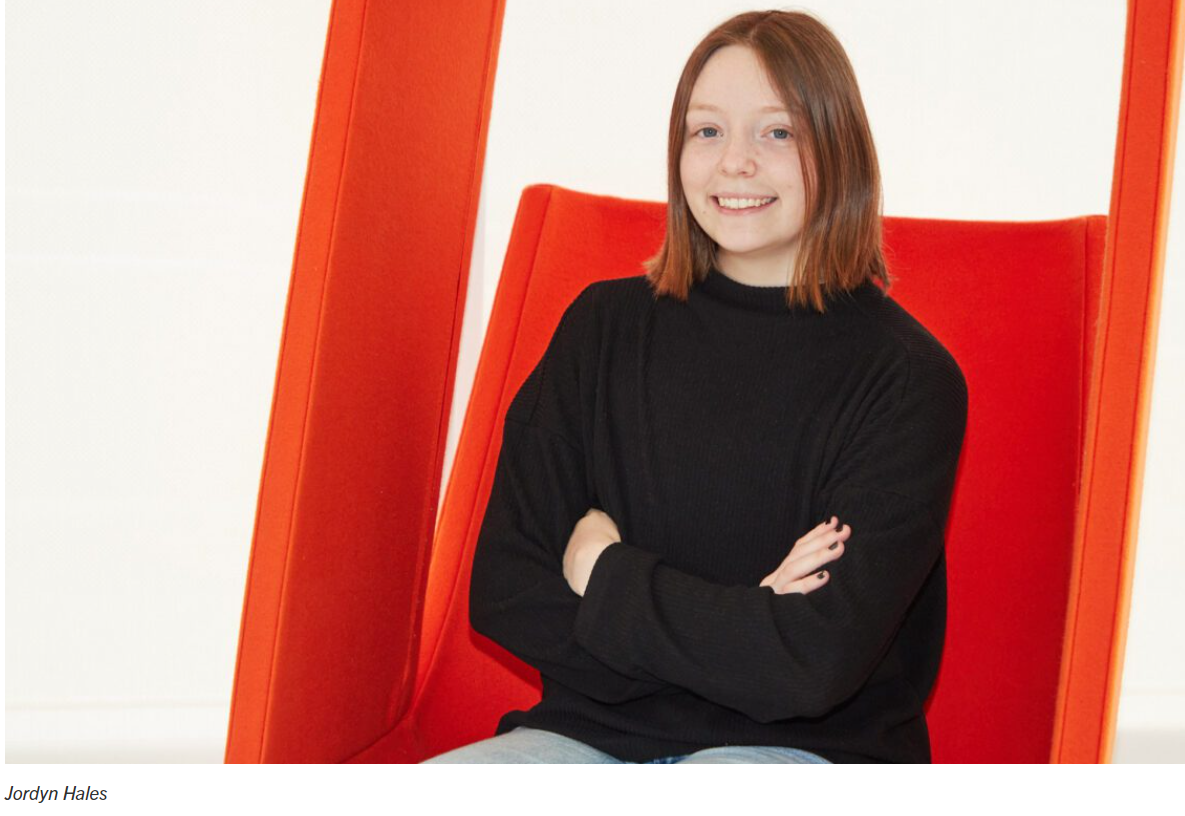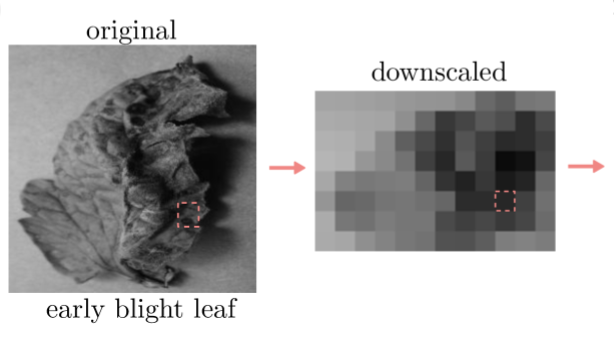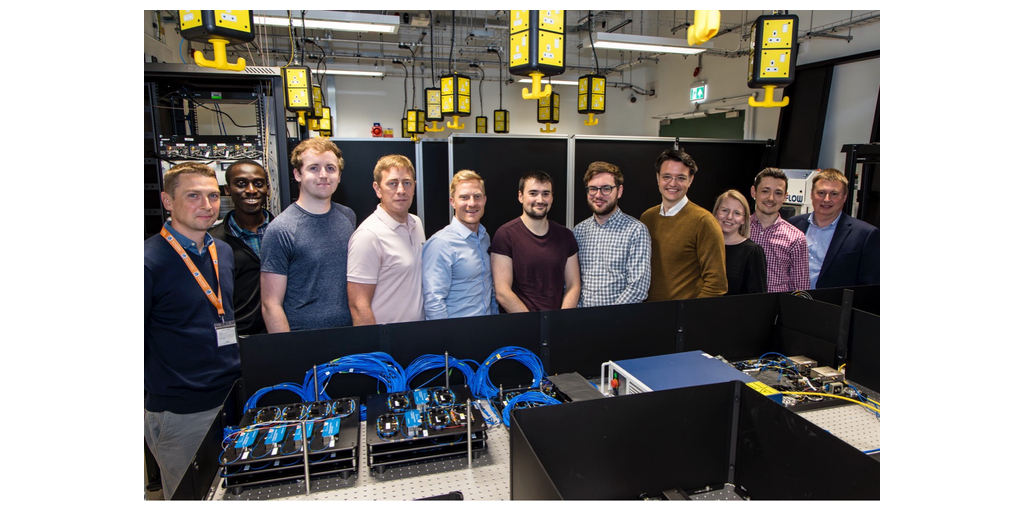The pursuit of characterizing and controlling entanglement in quantum materials has been a focal point for researchers delving into the frontiers of quantum technology. Quantum entanglement, a perplexing phenomenon famously referred to by Albert Einstein as “spooky action at a distance,” has the potential to revolutionize quantum applications. Despite its allure, accurately measuring entanglement in macroscopic solids has proven to be a daunting challenge.
Strides Made
Over the years, scientists have made strides in measuring entanglement in quantum optics. However, establishing a quantifiable figure of merit for entanglement in macroscopic materials remains a theoretical and experimental puzzle. This quandary has limited the potential of quantum devices operating at ultrafast timescales.
Amidst this conundrum, a group of researchers at Clemson University, supported by the Early Career Award from the U.S. Department of Energy, embarked on a groundbreaking journey. Led by Clemson’s Assistant Professor of Physics, Yao Wang, the team devised a novel approach to detect quantum entanglement in quantum materials that were out of equilibrium. The key to their success lay in inducing entanglement artificially through an intense laser pulse.
Jordyn Hales, a second-year graduate student in the Clemson Department of Physics and Astronomy, and the first author of the paper titled “Witnessing light-driven entanglement using time-resolved resonant inelastic X-ray scattering.”, emphasized the importance of entanglement in quantum systems.
“Entanglement is the intrinsic property of a quantum system and the foundation for any quantum applications. For it to be useful, we need to be able to detect and control it,” said Hales.

In the past, the scientific community employed the quantum Fisher information (QFI) as a measure of entanglement in materials, primarily through neutron scattering techniques. However, this method’s applicability was restricted to equilibrium conditions, falling short in the realm of controllable ultrafast quantum devices.
Breakthrough
The breakthrough came with the team’s discovery of a way to decipher the QFI of any ultrafast state using the technique of time-resolved resonant inelastic X-ray scattering. By devising an iterative algorithm, the researchers overcame the limitations posed by ultrafast spectra’s limited time resolution. This innovative approach provided the lower bound of quantum entanglement in any quantum materials, even when they were out of equilibrium.
Explaining the significance of their work, Hales remarked, “We not only want to be able to detect entanglement, we want to be able to control it and keep track of it while we control it. One efficient way you can control it is with an intense laser, which sends a system out of equilibrium. Laser-controlled material means you can synthesize one material and shine the laser. The laser has different power, frequency, duration, and polarization, so you can control it in different ways. That means for a single material, you have access to many different states in a large parameter space.”
The implications of this research extend beyond mere detection; it empowers researchers to design laser controls purposefully, leading to more predictable and optimized outcomes.

“That’s why we’ve extended this method of detecting entanglement outside of equilibrium using time-solved resonant inelastic X-ray scattering. Now we can see, in real-time, whether and how entanglement is induced by a laser pulse,” said Wang.
As the scientific community eagerly awaits further validation through physical measurements by experimental collaborators, this research has laid the groundwork for a new era in quantum materials. The potential to control entanglement on ultrafast timescales opens up exciting possibilities for quantum technologies and material-based quantum applications.
Experts from Various Fields
In this collaborative effort, former Clemson postdoctoral fellow Utkarsh Bajpai, the co-first author of the paper, made significant contributions to the method derivation. The research has drawn the attention of scientists from various fields, including the quantum control community and X-ray experts, marking an essential step towards harnessing the power of entanglement in quantum materials for future technological advancements.
Featured image: Clemson University
If you found this article to be informative, you can explore more current quantum news here, exclusives, interviews, and podcasts.



















